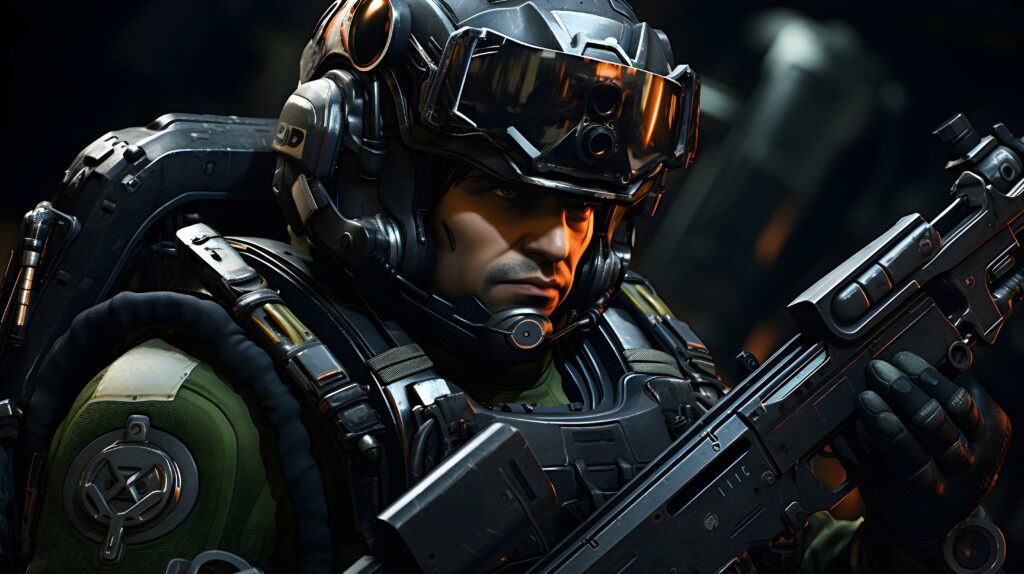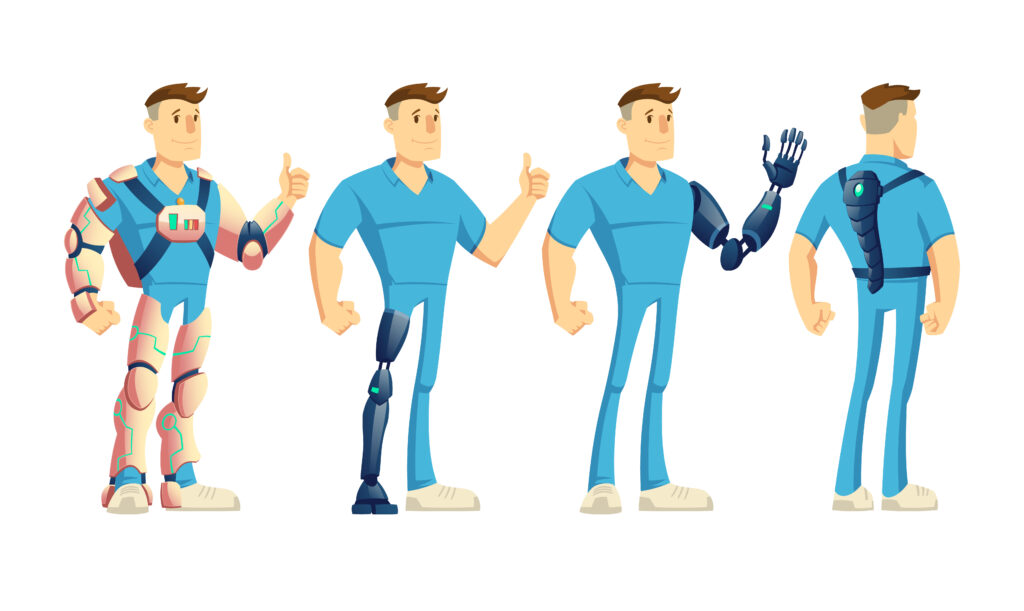Combat Technologies Overview
Technology is changing combat like never before. Combat technology are advancing rapidly, from drones flying over battlefields to AI making split-second tactical decisions. We examine five innovative fighting technologies that are transforming warfare and redefining defense and security in this blog article. Brace yourself as we investigate cutting-edge combat application technologies that are altering modern warfare.
UAVs and drones
Drones and UAVs have transformed modern warfare. These cutting-edge technologies provide unprecedented targeting and surveillance for armed forces.
Drones can do reconnaissance, targeted strikes, and more while protecting human operators. They are crucial to both offense and defense due to their mobility and adaptability.
UAVs can now make split-second judgments based on real-time data analysis thanks to technology. This knowledge gives military troops a tactical advantage by allowing them to respond faster to changing ground conditions.
Unmanned aircraft present ethical concerns about civilian fatalities and privacy despite their military efficiency. These ethical issues and proper combat use must be addressed as these technologies grow rapidly.
Warfare AI

AI has transformed combat by introducing cutting-edge technology. Artificial intelligence can handle massive volumes of data quickly, giving commanders real-time battlefield insights and decision-making support.
AI algorithms for predictive analysis and pattern recognition can improve military situational awareness and responsiveness. They have a tactical advantage over opponents because they can adjust swiftly to dynamic threats and changing situations.
AI helps autonomous weapons systems target and deploy resources efficiently. Delegating crucial choices to robots without human monitoring raises ethical considerations.
Despite these limitations, AI is pushing combat applications technology to create a new era of conflict where smart machines shape battlefield results.
Information Warfare, Cybersecurity
Cybersecurity is vital to modern warfare. Information warfare methods have emerged because combat information is valuable. The military relies on hackers and cyber professionals.
Cybersecurity measures are continually changing to fight against sophisticated cyber threats that disrupt communication networks, steal data, or launch cyber attacks. Global governments invest considerably in cybersecurity.
National security requires cybersecurity to protect key infrastructure and confidential data. Due to the interconnectedness of modern technology, vulnerabilities must be addressed proactively to prevent breaches.
As technology advances, so do criminal practices. Maintain vigilant awareness of cybersecurity and information warfare advances to avoid risks.
Exoskeletons and AR

AR and exoskeletons are changing battle. By supporting troops’ limbs, exoskeletons boost strength, endurance, and agility. These advances allow personnel to carry greater loads over longer distances without exhaustion.
AR, however, enhances battlefield situational awareness by overlaying digital information on the physical world. AR helps operators make faster decisions and work more efficiently by integrating real-time data like maps, enemy positions, and friendly forces’ locations into their field of vision.
Exoskeletons and AR transform military fighting. These technologies improve soldier efficiency, effectiveness, and safety in high-risk circumstances.
We should expect to witness a major change in battlefield warfare as these advances permeate across military forces worldwide.
Ethics and Autonomous Weapons
In warfare technology, autonomous weapons are an ongoing controversy. Ethical considerations and accountability arise when machines decide to fight without human intervention. Critics say these weapons could escalate conflicts and devalue human life.
However, autonomous weapons may improve precision, reduce troop losses, and make split-second judgments better than humans. The ultimate responsibility for autonomous system behaviors is yet unknown.
The morality, legality, and international security consequences of autonomous weapons are difficult. Policymakers and society must address these ethical issues before completely integrating autonomous weapons into military strategy as technology advances rapidly.
Future Combat Technology

In the future of fighting technologies, creativity is crucial. With AI, drones, and cyber capabilities, combat is changing swiftly.
Autonomous weapons systems could transform military operations. AI-powered battlefield devices might make split-second choices without human intervention.
Moreover, exoskeletons and augmented reality will boost soldiers’ physical ability and situational awareness in unprecedented ways. Imagine soldiers with superhuman strength and endurance exosuits.
This new era of combat technologies has immense potential to improve military performance and reduce losses, but there are ethical issues to consider. Policymakers and stakeholders must balance the pros and cons of a digitally driven battlefield.
Conclusion
Combat application technologies are changing combat swiftly. These innovations are changing land, sea, and air combat with drones, AI, cybersecurity, and exoskeletons. Cutting-edge technology will be crucial to warfare in the future as autonomous weapons present ethical issues. In a changing world, armed forces must adapt and appropriately use these advances to ensure security, efficiency, and effectiveness. The future of warfare will depend on battle technology advancement.



